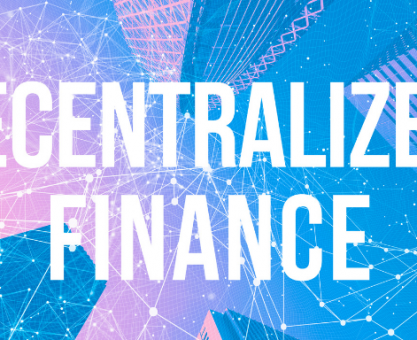Executive Summary
-
Emerging Trends: Decentralized insurance models are transforming the traditional insurance industry by leveraging blockchain technology.
-
Benefits: Enhanced transparency, reduced costs, and increased accessibility are key advantages.
-
Challenges: Regulatory hurdles and technological complexities remain significant obstacles.
-
Future Outlook: By 2025, decentralized insurance is expected to expand its market share significantly, driven by technological advancements and increased user adoption.
Introduction
The insurance industry is at a pivotal crossroads, grappling with inefficiencies and a lack of transparency that have long plagued the sector. Enter decentralized finance (DeFi) solutions, which are poised to revolutionize how insurance is structured and delivered. As we look towards 2025, understanding the potential of decentralized insurance models is crucial for investors, insurers, and policyholders alike. This article will explore the expected developments in decentralized insurance, highlighting its benefits, challenges, and future prospects.
Definitions / Context
Decentralized insurance models utilize blockchain technology to offer insurance services without the need for traditional intermediaries. This model leverages smart contracts to automate claims processing, thereby enhancing efficiency and transparency. Unlike conventional insurance, decentralized models operate on decentralized platforms, enabling peer-to-peer risk sharing.
Benefits / Pros
-
Transparency: Blockchain ensures all transactions and claims are recorded in an immutable ledger, reducing fraud and increasing trust.
-
Cost Efficiency: By eliminating intermediaries, decentralized insurance reduces administrative costs and offers more competitive premiums.
-
Accessibility: These models can provide insurance services to underserved populations, especially in regions with limited access to traditional insurance.
-
Speed: Automated processes via smart contracts significantly reduce claim processing times.
Risks / Cons / Challenges
-
Regulatory Challenges: Navigating the regulatory landscape remains complex, as decentralized models don’t fit neatly into existing frameworks.
-
Technology Barriers: The adoption of blockchain technology requires significant technological infrastructure and expertise, which can be a barrier.
-
Market Volatility: The nascent nature of DeFi insurance models subjects them to market fluctuations and potential instability.
Step-by-Step Process
How to Engage with a Decentralized Insurance Platform:
-
Research: Investigate different decentralized platforms and assess their credibility.
-
Wallet Setup: Set up a digital wallet to engage with DeFi platforms.
-
Purchase Coverage: Choose a suitable insurance product and purchase coverage using cryptocurrency.
-
Policy Management: Manage your policy directly through the platform’s interface.
-
Claims Processing: In the event of a claim, initiate the process through the platform, which operates via smart contracts.
Consider the platform Nexus Mutual, which offers decentralized insurance solutions for smart contracts. By employing a risk-sharing pool funded by its members, Nexus Mutual effectively mitigates risks associated with smart contract failures. This model has provided a blueprint for other decentralized insurance platforms.
Case Study: Nexus Mutual
Expert Tips / Strategic Insights
To navigate the complexities of decentralized insurance, consider the following:
-
Stay Informed: Regularly update your knowledge on regulatory changes impacting DeFi insurance.
-
Risk Assessment: Thoroughly evaluate the risk profile of different platforms before investing.
-
Diversification: Spread investments across multiple platforms to mitigate risks.
Tools / Resources / Calculators
-
Nexus Mutual Platform: A leading decentralized insurance provider.
-
DeFi Pulse: Track the performance and trends within the DeFi sector.
-
Blockchain Explorer: Monitor transactions and smart contract activities on the blockchain.
Conclusion
Decentralized insurance models are poised to redefine the insurance landscape by 2025, offering enhanced transparency, reduced costs, and greater accessibility. While challenges remain, the potential for growth and innovation is substantial. As the industry evolves, staying informed and strategically engaged will be key to leveraging these emerging opportunities.























